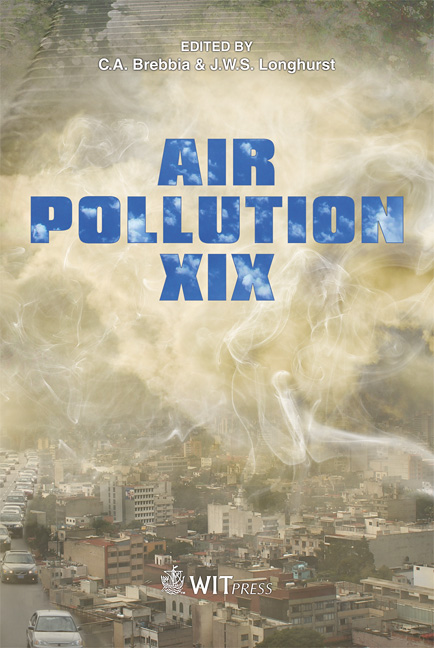Ozone Pollution During Stratosphere-troposphere Exchange Events Over Equatorial Africa
Price
Free (open access)
Transaction
Volume
147
Pages
10
Page Range
411 - 420
Published
2011
Size
518 kb
Paper DOI
10.2495/AIR110381
Copyright
WIT Press
Author(s)
K. Ture & G. Mengistu Tsidu
Abstract
Both natural factors such as thunderstorm events and anthropogenic activities contribute to very high ozone production. On the flight route from Johannesburg to Vienna enhanced ozone and relative humidity spikes were observed by MOZAIC (Measurements of Ozone by Airbus In service airCraft). MOZAIC recorded high resolution in-situ ozone and relative humidity at a flying altitude of 250-200 hPa at equatorial Africa. This area is one of the lightning hot spot regions of the world. We report introduction of enhanced ozone of stratospheric origin into the troposphere during two events and the resulting pollution. Vertical cross-section of potential vorticity over the region of interest showed high PV intrusion below the tropopause level. Both OLR (Outgoing longwave radiation) and vertical wind have indicated presence of strong convection. Cloud water content transport and high latent heat have confirmed the existence of thunderstorm activity coupled to PV intrusion. The two distinct events are characterized by very low ozone within the thunderstorm cloud and very high ozone of stratospheric origin outside the thunderstorm cloud. The events have produced ambient air pollution Keywords: thunderstorm, scavenging, pollution, ozone spikes, PV intrusion. 1 Introduction Ozone has different impacts depending on where it resides. Stratospheric ozone, where approximately 90% of the atmospheric ozone is found, prevents the sun’s ultraviolet radiation reaching the surface of the earth. In the troposphere, ozone is direct green house gas [1] while in the boundary layer, it is a pollutant, which has harmful effect on human, animal and crops. The health impact of ozone depends
Keywords
thunderstorm, scavenging, pollution, ozone spikes, PV intrusion





